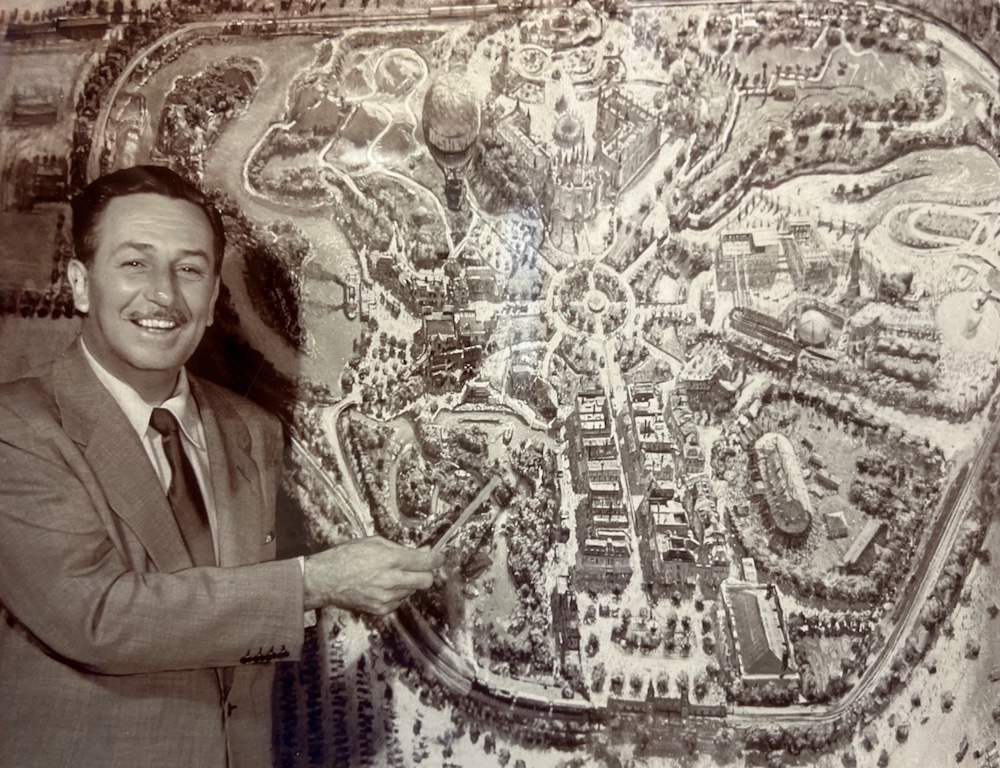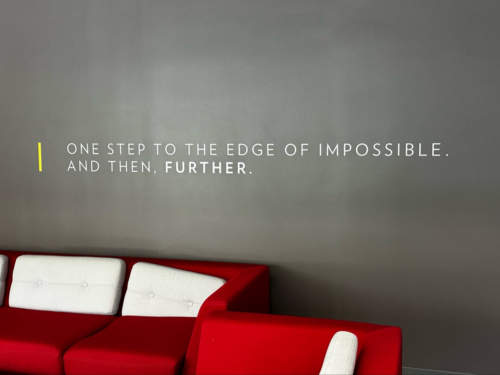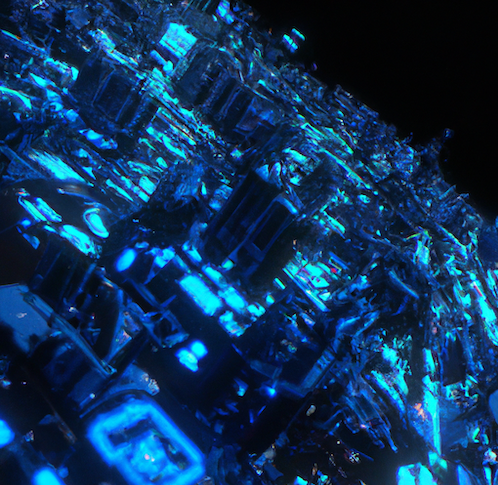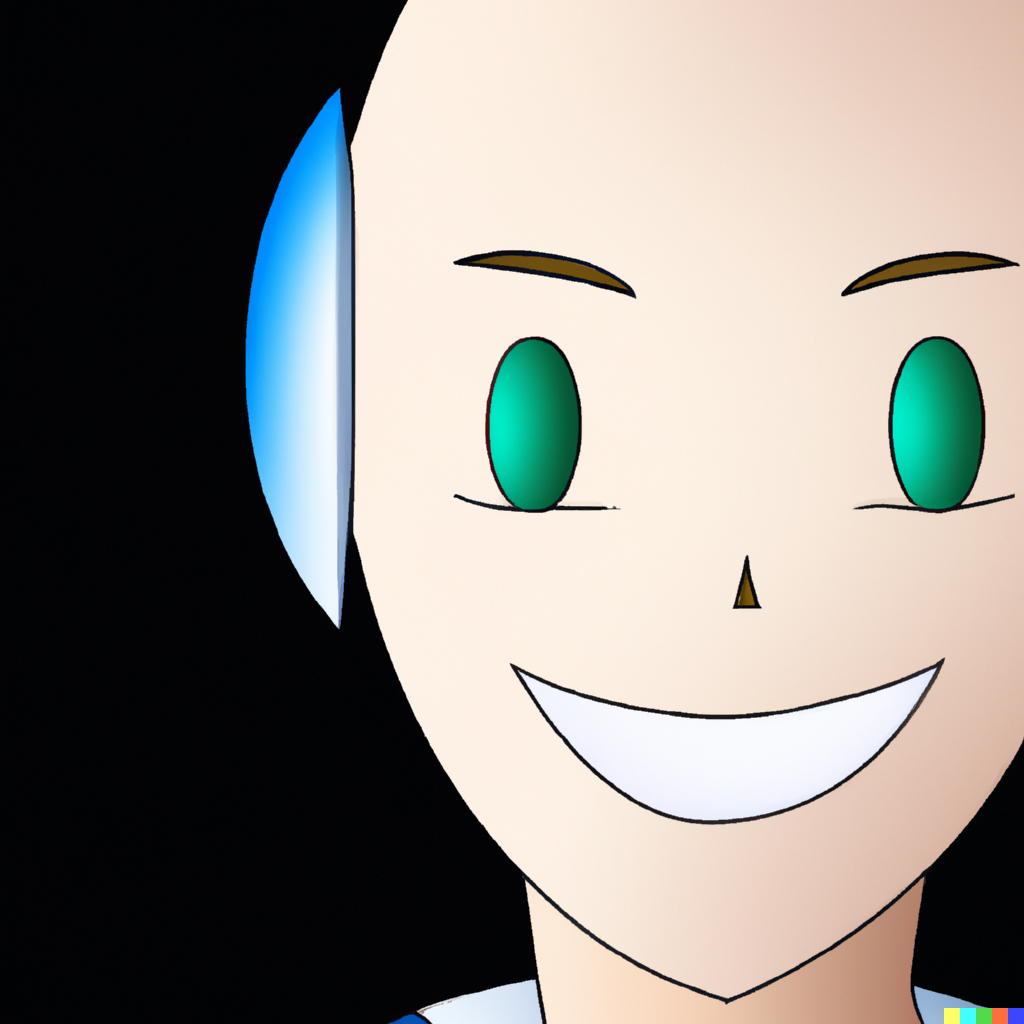What is your dream?
As a kid I would dream of being a scientist and working in outer space. Like many of my generation, I was inspired by Star Wars. I loved the Jedi and fancied being one myself, but I was absolutely fascinated with spacecraft. I would spend hours in grade school drawing spaceships and orbital space stations while the rest of the class did their lessons. I wasn’t alone. My friends were all enamored with Star Wars and epic adventures. Then I saw the movie TRON. A new passion formed. I wanted a computer so bad I could taste it!
TRON inspired me. I dreamed of creating virtual worlds my programs could live in. I even imagined living in the Grid myself. In fact, I would ride a light cycle all the way to school. To be fair, everyone else just saw an old beat-up BMX bike, but for me, I was fighting for the users. I wrote my first real program in 7th grade. No surprise, it was a space game with flying sprites of rockets, asteroids, and invading aliens. I remember how incredible it felt to deliver that experience and hearing how others were enjoying it. I was a computer astronaut pushing bits around and manipulating the world through code. After college I worked as a civil engineer shaping the physical world through software. I still dreamed of creating fantasy worlds where my love of space, science and technology could collide. Then it happened.
It smelled like dirt and diesel. Large earth moving vehicles were roaring around us. Steel and concrete workers were busy shaping the terrain. We navigated across deep dirt ruts and board covered walkways, eventually making our way to a center area. Tall rock work spires pierced the sky all around us. Then I felt goosebumps. A grin shot across my face as we rounded a corner and suddenly before us was the Millennium Falcon. I couldn’t believe it! The terraforming of Galaxy’s Edge at Disneyland was almost complete. It hit me. I was seeing my dream come true. We had spent the last several years helping craft the software pipelines and systems that would power this adventure. Soon guests of all ages would experience this fantastical journey into the world of Star Wars powered by technology, science, and imagination.
One hundred years ago, Walt Disney had a dream. He dreamed of a company that would inspire and entertain the world through the art of storytelling. It was a vision of a bright and hopeful future. A dream that would cherish and learn from the past but push boldly forward into the future. And it would require the most important thing of all. People. Artist, workers, Imagineers, cast members, and of course, guests. Today, 100 years after Walt and Roy Disney started the company, we keep moving forward, creating new ideas and inspiring others like we were inspired. Every day, we ship encouragement and delight to our fellow humans all over the world. It is what Walt envisioned. It is what we do. We are part of that magic. Walt’s dream continues because of all of you. With a little faith, some trust, and a bit of pixie dust, I’m convinced that we will continue to delight and surprise the world for years to come.
Congratulations, team! Let’s celebrate one hundred years of Disney magic, inspiration, and storytelling… and here’s to 100 years more!














